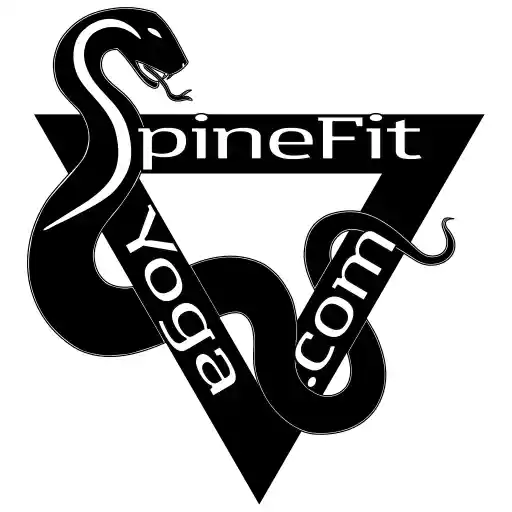Quotes from abstract (but I read the whole thing)
We included 32 RCTs involving 2762 participants in this review. We considered 16 trials, representing 57% of all participants, to have a low risk of bias based on the Cochrane Back Review Group’s Risk of bias’ tool.
For people with mixed symptom patterns (acute, subacute and chronic LBP with and without sciatica), there was low- to moderate quality evidence that traction may make little or no difference in pain intensity, functional status, global improvement or return to work when compared to placebo, sham traction or no treatment. Similarly, when comparing the combination of physiotherapy plus traction with physiotherapy alone or when comparing traction with other treatments, there was very-low- to moderate-quality evidence that traction may make little or no difference in pain intensity, functional status or global improvement.
For people with LBP with sciatica and acute, subacute or chronic pain, there was low- to moderate-quality evidence that traction probably has no impact on pain intensity, functional status or global improvement.
For chronic LBP without sciatica, there was moderate-quality evidence that traction probably makes little or no difference in pain intensity when compared with sham treatment.
Adverse effects were reported in seven of the 32 studies.
These findings indicate that traction, either alone or in combination with other treatments, has little or no impact on pain intensity, functional status, global improvement and return to work among people with LBP. There is only limited-quality evidence from studies with small sample sizes and moderate to high risk of bias. The effects shown by these studies are small and are not clinically relevant.
To date, the use of traction as treatment for non-specific LBP cannot be motivated by the best available evidence. These conclusions are applicable to both manual and mechanical traction.
Only new, large, high-quality studies may change the point estimate and its accuracy, but it should be noted that such change may not necessarily favour traction. Therefore, little priority should be given to new studies on the effect of traction treatment alone or as part of a package.
My comments:
The authors comments pretty much say it all. Lots of studies done, little to no effect was found and that’s even including studies that are of high risk for bias. I have been following the traction (aka spinal decompression therapy) research for years and this is the strongest wording, as to ineffectiveness, to date coming from Cochrane. Cochrane reviews are usually pretty conservative and lenient with medical claims. Usually they will suggest that more research needs to be done, while these authors seem content to basically say, “save it.”
I had an inversion table in my office for a couple years that was given to me by a patient who no longer used it. I honestly can’t say it did anyone any real good, so my experience is in line with the findings of this review. Plus I thought someone was going to break a leg climbing on and off of it. So I guess you could say I was open to the idea that traction might work, and gave it a shot because it did make a certain amount of intuitive sense. I even have a pair of gravity boots from the 80s, that you can still buy on Amazon collecting dust somewhere.
Reports like this really makes me feel bad for all the physical therapists and chiropractors who went out and purchased Vax D machines, which were not at all cheap. Still I feel more sorry for their patients, so I figured this blog was worth writing. The word was pretty much out on the ineffectiveness of lumbar traction/Vax-D, (on Chirobase, and Wikipedia) but this most recent Cochrane review added some additional studies strengthening the case against. Given I still see traction promoted around town by some physical therapists and chiropractors for the treatment of low back pain I figured it was worth a blog.
Thanks for reading my blog. If you have any questions or comments (even hostile ones) please don’t hesitate to ask/share. If you’re reading one of my older blogs, perhaps unrelated to neck or back pain, and it helps you, please remember SpineFit Yoga for you or someone you know in the future.
Chad Reilly is a Physical Therapist, obtaining his Master’s in Physical Therapy from Northern Arizona University. He graduated Summa Cum Laude with a B.S. Exercise Science also from NAU. He is a Certified Strength and Conditioning Specialist, and holds a USA Weightlifting Club Coach Certification as well as a NASM Personal Training Certificate. Chad completed Yoga Teacher Training at Sampoorna Yoga in Goa, India.

Leave a Reply